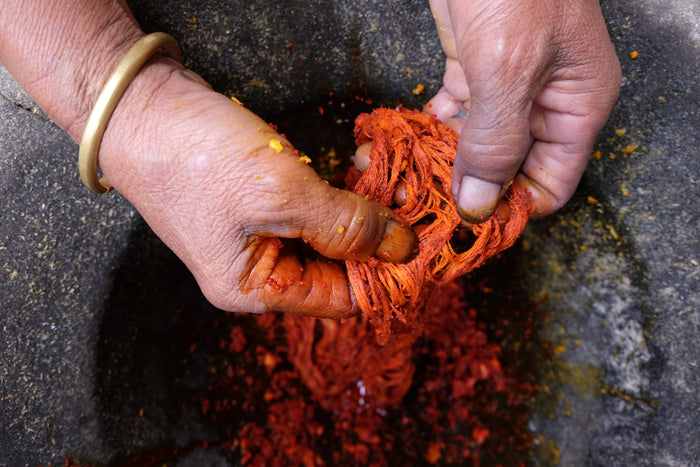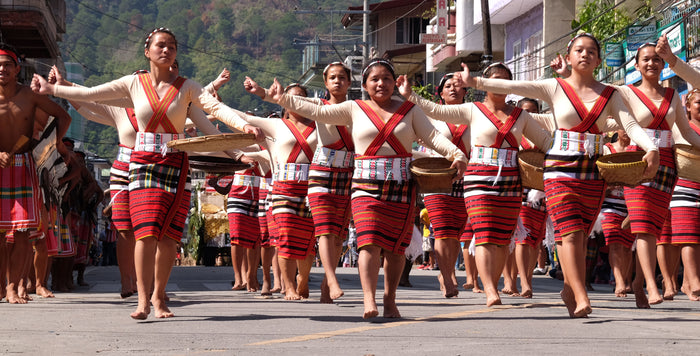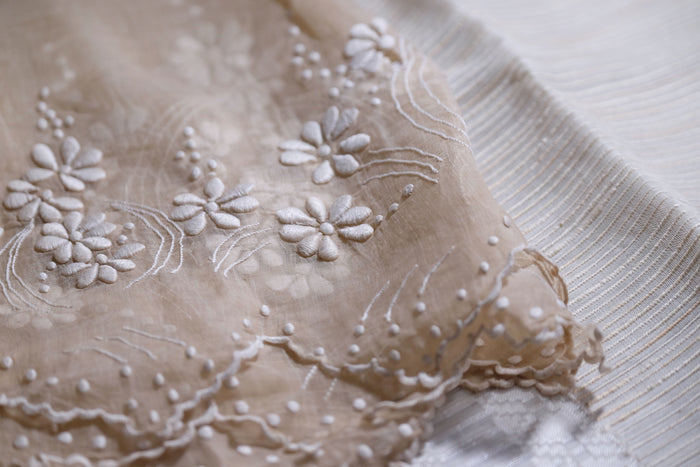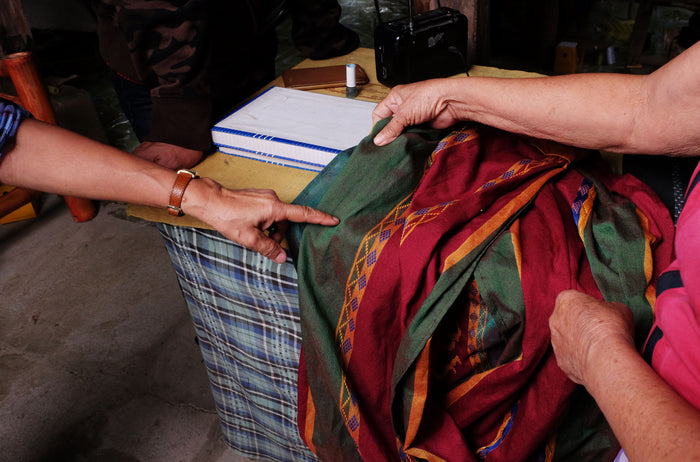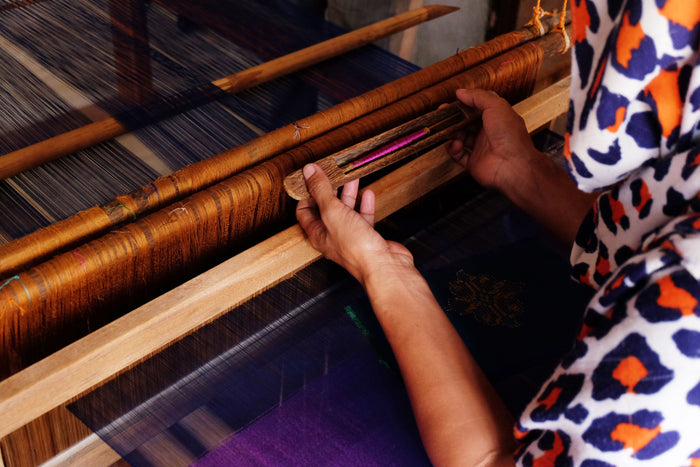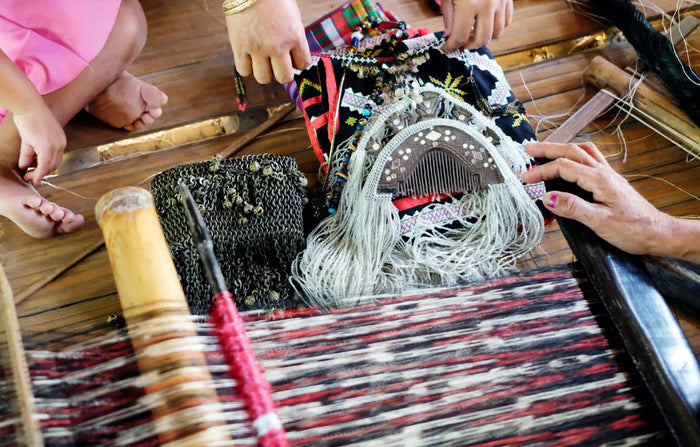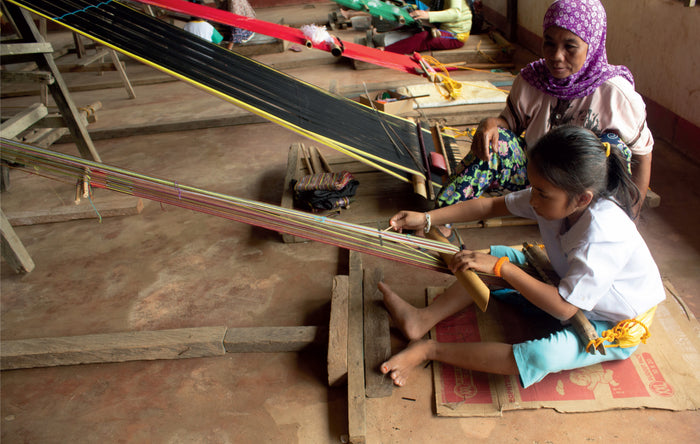Ilocano
Ilocos Norte
Ilocano weavers practice certain specialized weaving techniques. Aside from the plain weaving technique and binakul weaving, Tagudin, Santiago, and Paoay weavers are adept in pinilian, or the continuous supplementary weft design technique. Multi-heddle design technique is the specialization of Santa, Santa Maria, Paoay, and Pasuquin weavers.
Insukit, or the discontinuous supplementary weft design technique, is the sole mastery of Paoay weavers, while the hopping supplementary weft and warp float technique is the area of expertise of Pinili weavers. In 2012, the national government bestowed the National Living Treasures Award to Magdalena Gamayo, a master weaver in Pinili, who specializes in the hopping supplementary weft and warp design technique.
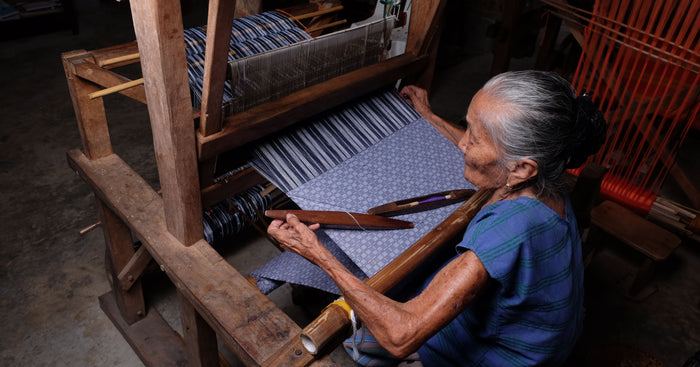
Today, there is a surge in the revival of textile weaving using the pedal-frame loom.
